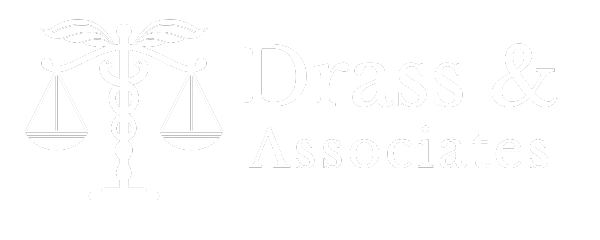Balloons are harmful to wildlife, a drain on resources, a potential safety hazard, and after their brief use, ugly trash.
Balloons can break down into smaller pieces over time, eventually turning into microplastics.
Here’s the truth about balloon waste:
- Deadly to Animals: Animals often mistake deflated balloons and balloon ribbons for food, leading to internal blockages and starvation. Sea turtles, fish, birds, and other creatures fall victim to this plastic pollution. (See the latest about human health below.)
- Power Outages: Mylar balloons, the shiny ones, are particularly dangerous. Their metallic coating conducts electricity, and when they come into contact with power lines, they can cause outages and even fires.
- Littering the Landscape: Even latex balloons, often marketed as “biodegradable,” take a very long time to decompose. They break down into microplastics that pollute our soil and waterways. These microplastics can harm ecosystems and even end up in our food chain.
- Wasting a Precious Resource: Helium, the gas that makes balloons float, is a finite resource. Using it for short-lived celebrations contributes to its depletion.
All plastic pollution is a growing environmental concern with potential ramifications for public health. Microplastics and nanoplastics (MNPs) are currently of particular interest, as recent studies link them to cardiovascular disease in preclinical models.
The findings, published Wednesday in The New England Journal of Medicine, are the first time scientists have linked these tiny plastic particles, the result of degraded plastic pollution, to plaque lining major blood vessels.
Key Considerations:
- MNP Prevalence: MNPs are ubiquitous in the environment, raising concerns about potential human exposure through inhalation, ingestion, and absorption.
- Cardiovascular Risk: Preclinical studies suggest MNPs may contribute to inflammation, oxidative stress, and other processes linked to cardiovascular disease. While direct evidence in humans is lacking, the potential link warrants further investigation.
- Legal Implications: The pervasive nature of plastic pollution may lead to increased litigation concerning environmental damage, wildlife endangerment, and potential human health impacts.
Action for Legal and Medical Professionals:
- Stay Informed: Keeping abreast of research on MNPs and cardiovascular health is crucial for both legal and medical professionals.
- Advocate for Change: Supporting policies that reduce plastic pollution may benefit public health and the environment.
- Consider Legal Implications: For legal professionals, understanding the potential health risks of MNPs may be relevant to environmental and public health cases. For medical professionals, awareness of this emerging risk factor may be valuable in patient care.
While balloons may seem like a festive way to celebrate, the hidden costs to our environment and potentially, our own health, are undeniable. Emerging research on microplastics and cardiovascular disease underscores the urgency of reducing plastic pollution. Let’s choose sustainable alternatives and work together to protect our planet and ourselves for the future.
(Marfella R, Prattichizzo F, Sardu C, Fulgenzi G, Graciotti L, Spadoni T, D’Onofrio N, Scisciola L, La Grotta R, Frigé C, Pellegrini V, Municinò M, Siniscalchi M, Spinetti F, Vigliotti G, Vecchione C, Carrizzo A, Accarino G, Squillante A, Spaziano G, Mirra D, Esposito R, Altieri S, Falco G, Fenti A, Galoppo S, Canzano S, Sasso FC, Matacchione G, Olivieri F, Ferraraccio F, Panarese I, Paolisso P, Barbato E, Lubritto C, Balestrieri ML, Mauro C, Caballero AE, Rajagopalan S, Ceriello A, D’Agostino B, Iovino P, Paolisso G. Microplastics and Nanoplastics in Atheromas and Cardiovascular Events. N Engl J Med. 2024 Mar 7;390(10):900-910. doi: 10.1056/NEJMoa2309822. PMID: 38446676.)
(https://www.nbcnews.com/health/health-news/microplastics-nanoplastics-plaque-carotid-artery-heart-disease-rcna142067)







